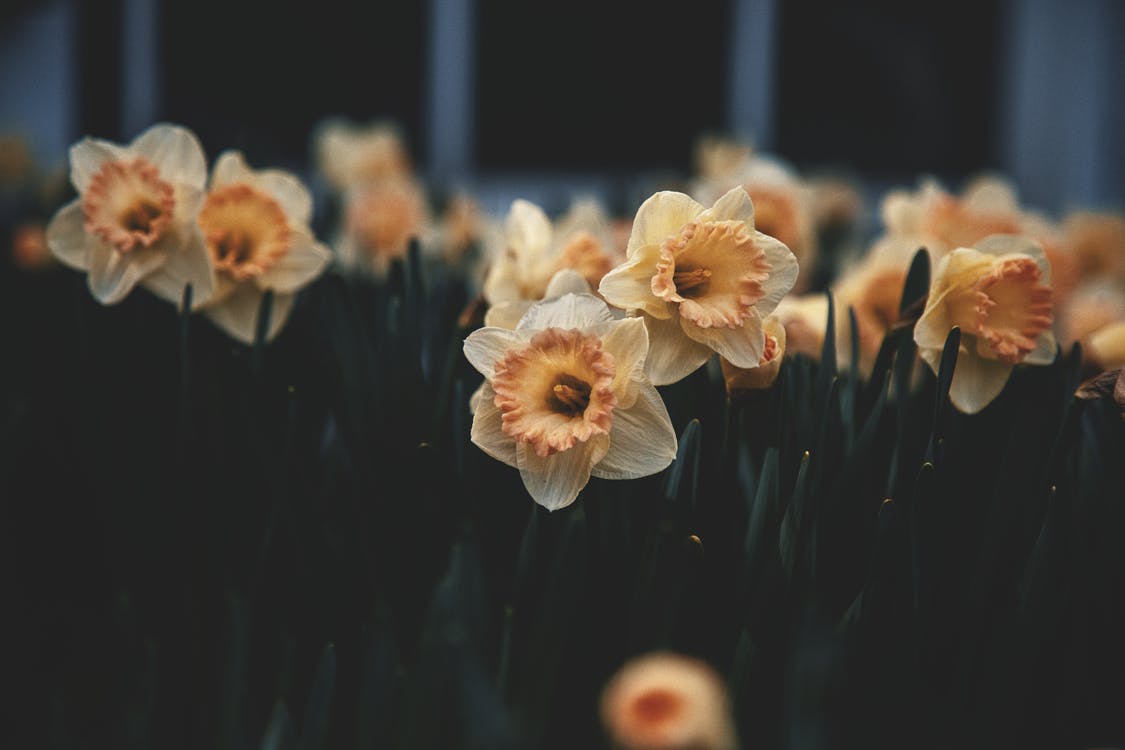
Tet is a Vietnamese holiday celebrated in Tet Nguyen Dan (The first day in the lunar calendar). This important Vietnamese holiday comes in a range of joyful colors. Yellow and red are the most common colors seen everywhere, thanks to the specific plants used to decorate homes, streets, and buildings during the lunar new year. Tet is incomplete without people buying Vietnamese good luck plants.
The Vietnamese world slows down during Tet. People meet their families in the regions of the countryside. The city of Ho Chi Minh nearly deserts itself, with shops shuttering. Tet holidays are days of rest, enjoyment, and celebration. Vietnamese also utilize Vietnamese lucky flowers and plants to decorate homes during this auspicious occasion. Chrysanths, marigolds, Mao Ga flowers, paper flowers, and lavender are just a few examples. Even though orchids and roses are not yet popular, some individuals utilize them nowadays.
Starting in early December of the Lunar Calendar, flower villages and gardens around the country burst with vibrant blossoms in preparation for the holiday. There are many different types of flowers in Vietnamese, mostly yellow or red. Potted sunflowers, apricot flowers, marigolds, orchids, chrysanthemums, and other flowers are present everywhere.
Hoa Dao (Peach Flower)
The peach flower is the symbol of spring and the Lunar New Year in northern Vietnam. This flower’s popularity stems from the beauty of its slender but vibrant petals, as well as its cultural significance for many Vietnamese generations. Pink petals symbolize good fortune and prosperity. The Vietnamese place a premium on their peach flower buds sparkling throughout the first three days of the Lunar New Year. They think that having vibrant peach blossoms in their homes will bring them happiness, good health, and fortune in the next year. According to legend, the Vietnamese good luck plant and flower, with their brilliant colors, can ward off evil spirits and represent longevity.
Hoa Mai (Apricot Flower)
The peach flower is the sign of the traditional Lunar New Year in the north and the south of Vietnam would be incomplete without yellow apricot flowers. There are various interesting connotations associated with flowers in Vietnamese culture. To begin with, the brilliant yellow color symbolizes good fortune. The five petals of each flower act for
- Peace
- Pleasure
- Longevity
- Convenience, and
- Happiness.
Yellow apricot blossoms are an essential element of every family’s Tet Holiday celebration as a wish for a prosperous and happy new year.
Lotus Flower
Lotus is grown in abundance in Vietnam’s S-shaped strip of land. The pink lotus blossoms have vividly grown up from the mud and dust to display their lovely color and shape. This lovely blossom represents purity, peace, dedication, and future optimism. Furthermore, in terms of nobility and pure thinking, the Vietnamese lucky flower has long been associated with Buddhism. With the above meanings, the lotus flower was chosen as Vietnam’s national flower, symbolizing the brave, friendly, and open-hearted Vietnamese people.
Traders and families flock to gardens, purchasing dozens of pots for retail or home décor. Peach flowers, marumi kumquat, and Ochna integerrima are all vital flowers in Vietnamese culture. The first two are more common in the north, while the latter is more popular in the south during Tet vacations. One of the main reasons for the difference is the temperature conditions in which these plants grow, since the first two may grow well in cold weather, whilst the Vietnamese mickey-mouse plant flourishes in the tropical areas of the south. Northerners also favor peach and kumquat trees because of their vibrant colors, symbolizing love and abundance.
Conclusion
The Vietnamese mickey-mouse plant is everyone’s favorite in the south because the brilliant yellow blossom symbolizes the Vietnamese noble roots. The Vietnamese tet flowers represent prosperity, and the intense love shared among individuals. Chrysanthemums, marigolds, Mao Ga flowers, paperwhite flowers, and lavender plants are also visible at home entrances, ancestral altars, and as interior decoration.
